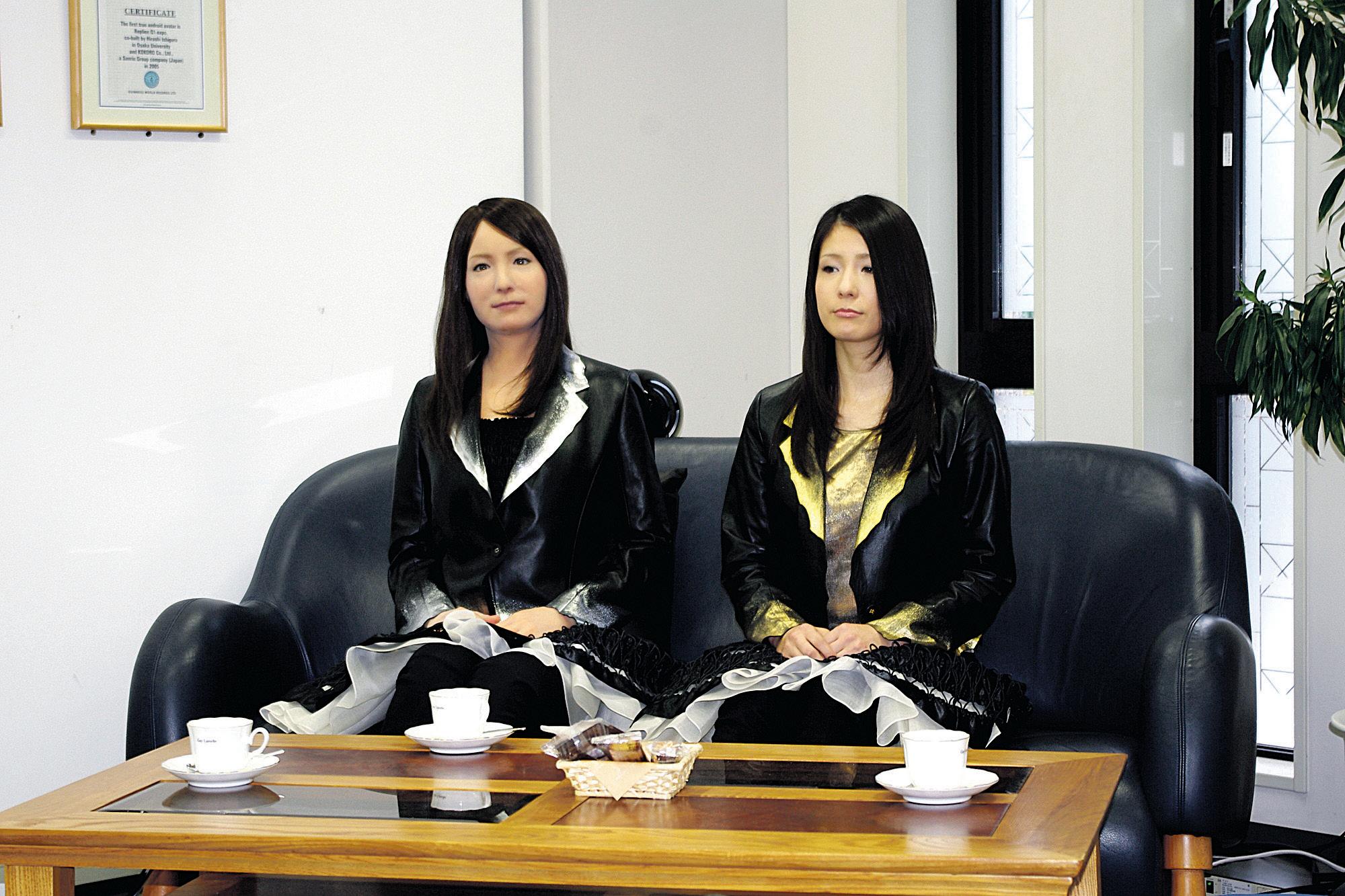
3 minute read
Generation ‘F’
from 2012-05 Sydney (2)
by Indian Link
As anthropomorphic robots rapidly gain popularity, the divide between science fiction and reality steadily closes in
BY RITAM MITRA

It’s the typical science-fiction paradigm. Man builds machine. Machine destroys mankind. Of course, the sci-fi genre is dubbed “fiction” for a reason; however, if you’ve heard about Geminoid F, the singing female robot that was recently unveiled in Japan, you probably aren’t so sure anymore.
‘F’ is one of the latest in a category of machines known as “humanoids”, or anthropomorphic robots. They are typified by an appearance or a function that resembles the human body, with perhaps the most recognisable one being ASIMO, Honda’s famous friendly kicking, walking and running humanoid that was brought to the world in 2000.
However, the origins of humanoid robots stretch back far further than the technological revolution that has taken the world unimaginably forward in the last 30 years. Liezi, a Daoist text attributed to around 250 BC, described an automaton: a selfoperating machine. Meanwhile, in 50 AD, Hero of Alexandria (a mathematician, not a warrior as the name suggests!) designed a machine which automatically poured wine for his guests.
Of course, robots like ASIMO are still easy to class as “robots” – while ASIMO does operate fantastically as a helping human hand, having served water to the had sensory inputs that even allow them to fend off intrusive actions, such as slaps, while they will react more favourably to gentler interactions such as a pat on the arm.
‘F’ stands apart in this category due to her creator’s vision for realism. Hiroshi Ishiguro, who in 2007 was named by CNN as one of eight “geniuses who will change your life”, believes his latest model is more elegant and approachable than his previous creations. Given she has 65 inbuilt behaviours in her system, including the ability to frown and express displeasure, it is not hard
Hiroshi Ishiguro, who in 2007 was named by CNN as one of eight “geniuses who will change your life”, believes his latest model is more elegant and approachable than his previous creations
Geminoid F (left) can not only simulate the human voice to talk and sing, but can also express herself with up to 65 delicate human expressions to imagine why Ishiguro is so highly regarded in this field.
‘F’ has been busy singing at shopping centres, modelling clothes and even acting on stage at the Tokyo Art Festival, and Ishiguro hopes that her practical applications continue to evolve and become more mainstream. Economically, this process has already begun, with the cost for Ishiguro’s creation dropping from $1 million, which was what his previous model had set consumers back, to $110,000.
Ishiguro is not stopping here. He can easily see robots becoming important human companions, and even friends. The important question to him is, “What is a human?” “Please define”, Ishiguro requests, “and we will make a copy.” Indeed, some actroids have already been developed with autonomous thought – the ability to, at least in some part, act and think on their own.
It is perhaps coming ever closer to the day when science fiction becomes confused with reality. In the same way scientists have been much maligned for their use of genetic engineering to create favourable traits in their test subjects, so too might pioneers such as Ishiguro be questioned for their ingenuity. But there’s a long way to go yet. For now, robots are still our friendly, law-abiding citizens – as long as we don’t forget their offswitch.
BY PETRA O’NEILL
he worst night of my life was spent at Barangaroo. I’d just returned exhausted from leading a tour group of 61 Americans to the Great Barrier Reef and Uluru in 3 days! I waved goodbye as they were taken by tender boat to their cruise ship anchored in the middle of the harbour, while their luggage piled high followed close behind. On top of the tender boat sat my little bag. “Stop, my bag is not joining the cruise!” I called out, though no-one heard. I sat and waited. But what an array of life I saw on Sydney Harbour that night! Fishing boats, leisure craft and ferries were everywhere, with the reflection of brightly coloured lights flickering on the water.
Closer to midnight, the lights dimmed and the harbour became still and quiet. From the darkness the tender boat at last emerged, bringing back with it my little bag.
Barangaroo has been slated for great things: parklands, commercial buildings and apartments. But at present it is a vast 22-hectare flattened site where container wharves once stood, that provides cruise ship passengers with little amenity other than a plastic marquee. Barangaroo was the aboriginal wife of Bennelong, after whom Bennelong Point, the site of the Sydney Opera House was named.
In 1900, the State Government built container wharves to store goods brought in by ships from overseas, and employed soldiers returning from World War I in need of work to cut the sandstone to build Hickson Road. During










